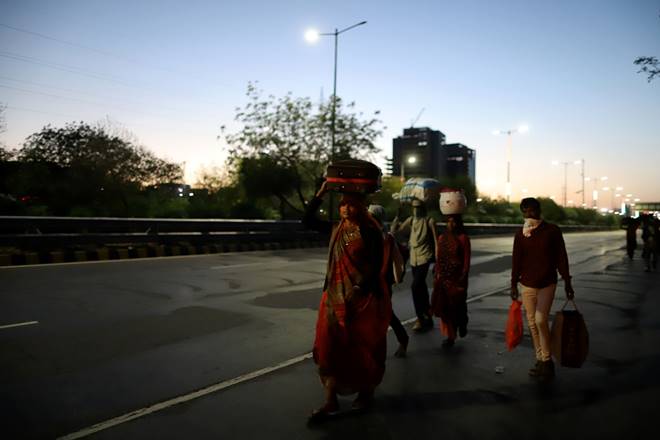As the spread of coronavirus is still unchecked and the disruptions in economic activities are not expected to end anytime soon, most of the countries may enter into a recession. Except for three countries, all of the G20 countries are expected to bear the pain of a recession, according to the Economist Intelligence Unit. India, along with China and Indonesia, is expected to show slow growth in the economy while countries like the US, the UK, France, and Germany are likely to face a contraction in their economy. India’s growth forecast is downgraded from 6 per cent to 2.1 per cent in FY21, while the eurozone is expected to be one of the hardest-hit regions, posting a full-year recession of 5.9%. Germany (-6.8%), France (-5%), and Italy (-7%) may also register full-year recessions. Given a strong economic position, India will be able to provide relatively more, said another report by EIU.
Finance Minister Nirmala Sitharaman and RBI Governor Shaktikanta Das have recently announced a slew of measures to give people and businesses some relief in fighting with coronavirus pandemic. These measures include mega economic package and a comprehensive package from the country’s central bank towards leaving more disposable income in the hands of the people. However, despite the aggressive easing of monetary and fiscal policies, the lockdown caused by the coronavirus outbreak and the mounting bad debt in the banking sector will prevent the economy from fulfilling its growth potential, the EIU report mentioned.
Also Read: Businesses hit by coronavirus may take months to return to normalcy, even if lockdown lifts in 21 days
The forecast is also based on the frequency of the spread of coronavirus cases in the country. Even as the number of cases has grown steeply in South Asia, with Pakistan and India recording the steepest rises, the number of confirmed cases of Covid-19 patients in India is most likely to be underreported, due to a lack of widespread testing. India has carried out around 10 tests per million people by March 20, compared to 160 tests per million people by the same date in Vietnam.


